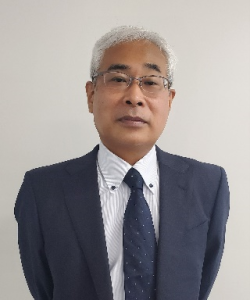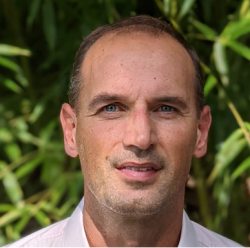| Thursday, November 17, 2022 | |
SCREEN: Innovation Inspired By Sustainability |
|
| 09:45 | Welcome Note, Dr. Martin Hollfelder, Director of Technology and Service, Europe |
| 09:50 | Keynote |
Sustainability Driven Innovation: transistor scaling and defectivity targets for sustainable manufacturing |
|
Okuno Yasutoshi, Vice President & Corporate Officer of Technology Strategy, SCREEN Semiconductor Solutions Co. Sustainability Driven Innovation: transistor scaling and defectivity targets for sustainable manufacturing
 Abstract Biography |
|
| 10:10 | Exotic applications of nanosecond laser annealing |
Sébastien Kerdilès, Head of Thermal Treatments Engineering, CEA – LETI Exotic applications of nanosecond laser annealing
 Abstract Biography |
|
| 10:30 | Sustainable SiC: the Advantages of Engineering Substrates, Dr. Nicolas Daval, Expertise Labs Senior Manager, Soitec |
| 10:50 | Towards Sustainable Wet Processing for Advanced Integration Technologies, Dr. Efrain Altamirano-Sanchez, R&D Manager of SIP group, imec |
| 11:10 | How can Track Hardware Boost Lithographic Performance?, Andreia Santos, R&D Manager, SCREEN Semiconductor Solutions Co |
| 11:20 | Reducing Bulk Chemicals by SPM Reuse in Single-Wafer Process Applications, Dr. Jim Snow, Senior Technologist, SCREEN SPE USA |
| 11:35 | High-Volume Automatic Visual Inspection and Trench Thickness Measurement on Si, SiC, and GaN Wafers ,Alessandro Rossi, Product and Application Engineer, SCREEN SPE Europe |
| 11:50 | SCREEN UV Laser Anneal Technology, Louis Thuries, Product Manager, SCREEN LASSE |